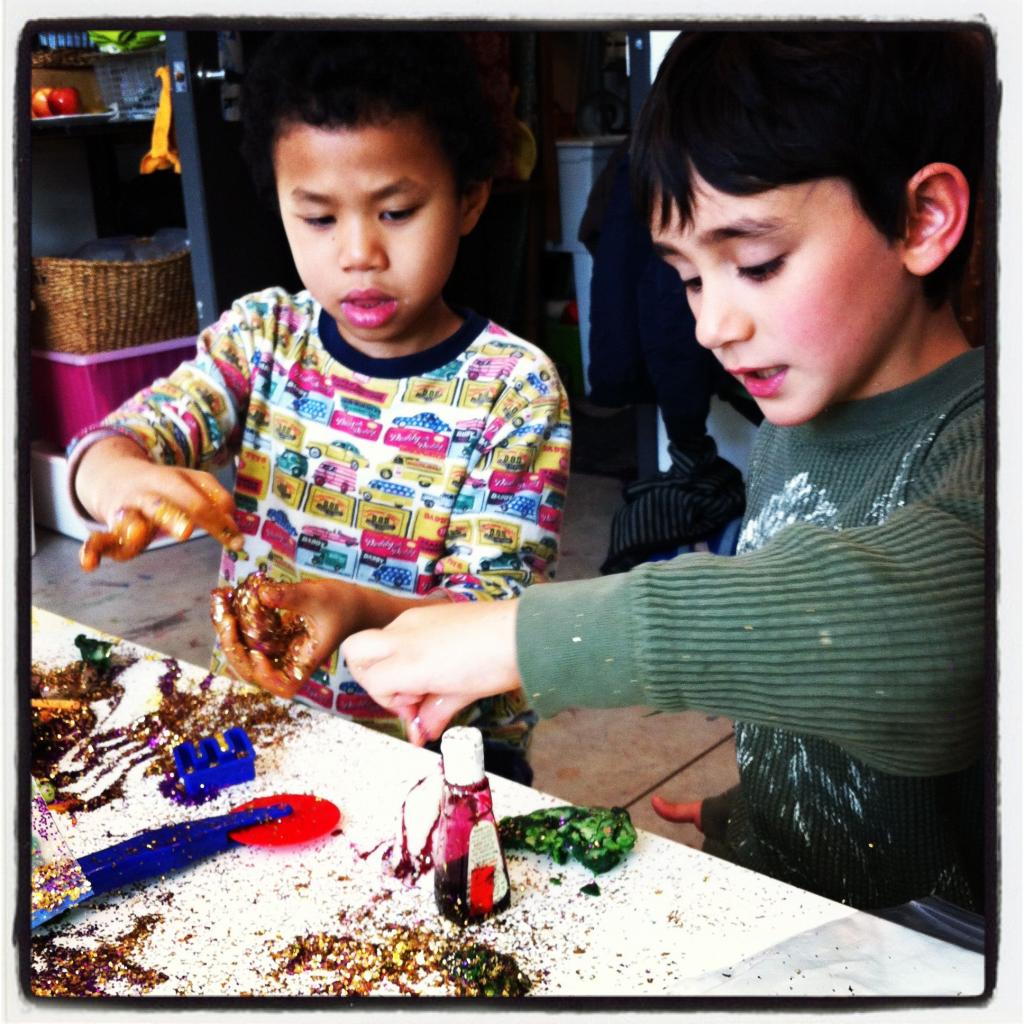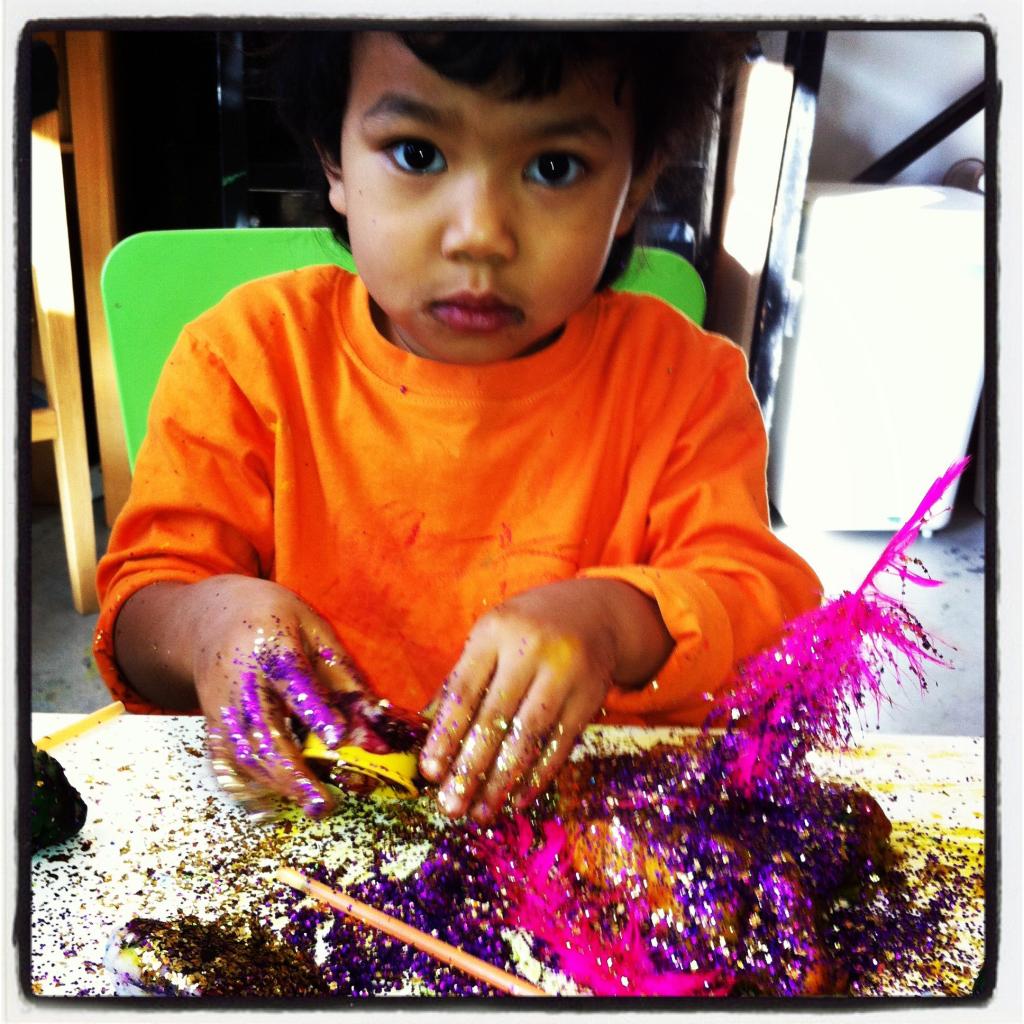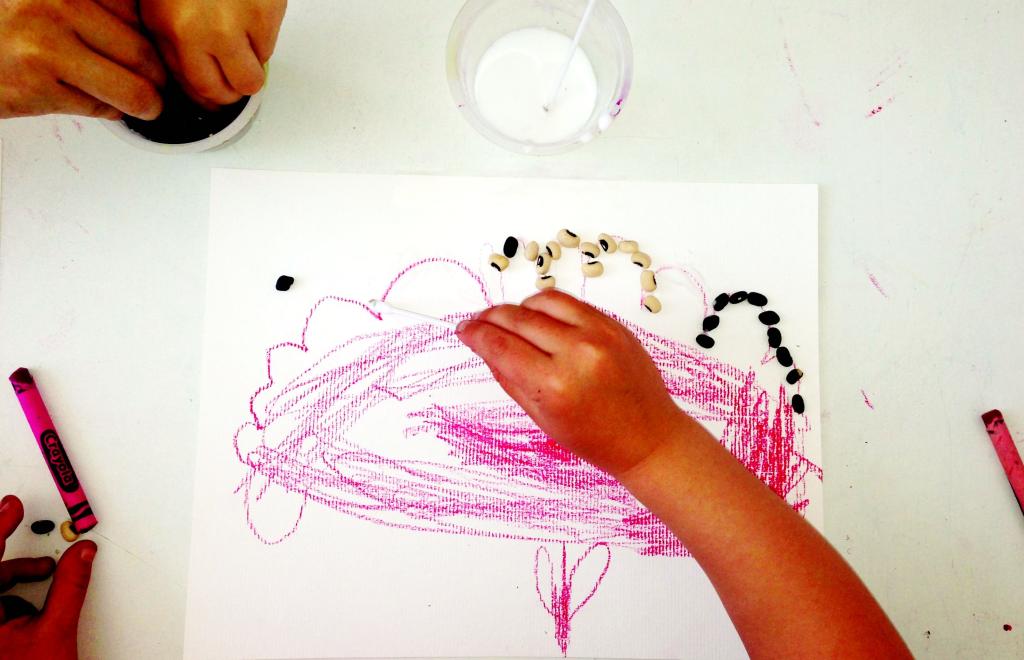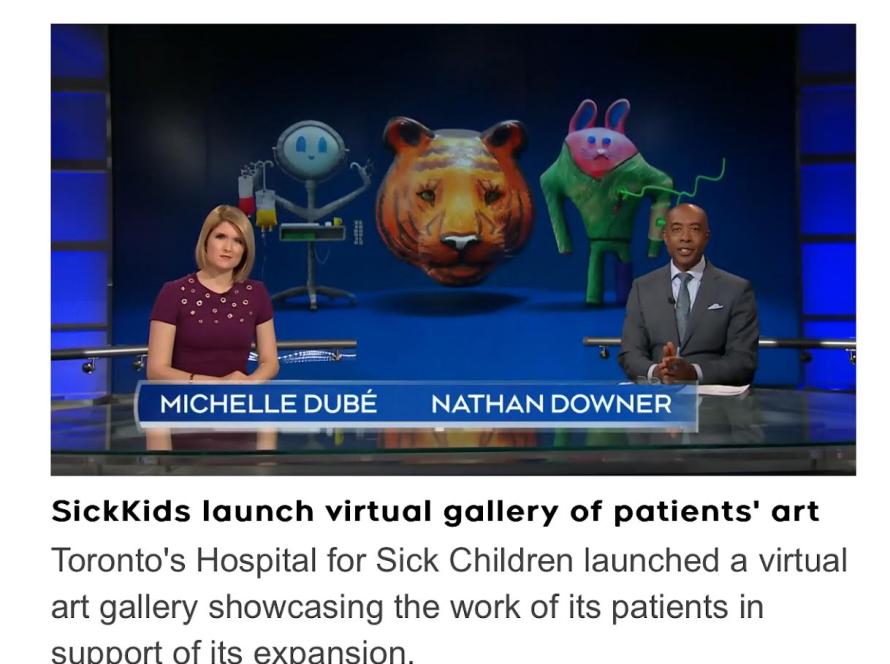Here are twelve creative ways to incorporate texture into open-ended, process-based art projects for kids aged 3-5:
- Texture Rubbing: Give kids paper and crayons, then let them explore various surfaces (like leaves, coins, or sandpaper) to create rubbings. This activity helps them discover different textures firsthand.
- Texture Collages: Offer a variety of textured materials such as fabric scraps, feathers, sandpaper, bubble wrap, and tissue paper. Encourage the kids to glue these onto a base, creating their own textured collages.
- Sensory Painting: Mix paint with materials like sand, rice, or sawdust to create textured paints. Let the children use brushes or fingers to explore different textures as they paint.
- Clay and Natural Objects: Allow kids to press natural objects like leaves, twigs, and shells into clay to create textured impressions. This helps them explore tactile differences and make unique patterns.
- Bubble Wrap Printing: Dip bubble wrap in paint and press it onto paper for a fun and unique texture. Kids can also enjoy popping the bubble wrap afterward!
- Salt Dough Sculpting: Encourage kids to shape salt dough and press in items like pasta, beans, or buttons, creating textured sculptures and exploring form and texture.
- Foam Stamping: Cut shapes from foam sheets, and let kids dip them in paint to stamp onto paper. Foam stamps add interesting raised textures to their artwork.
- Sand Art: Apply glue to paper, then let kids sprinkle colored sand over it. They can create pictures or abstract designs while enjoying the gritty feel of the sand.
- Textured Roller Painting: Wrap paint rollers with materials like bubble wrap, aluminum foil, or rubber bands. Kids can roll these across paper, creating textured lines and patterns that are fun to explore.
- Glitter Playdough: Add glitter to playdough to give it a sparkly texture. Kids can squish, roll, and shape the glittery dough, enjoying the tactile sensation and visual sparkle.
- Sticky Wall Art: Cover a section of a wall or board with contact paper, sticky side out. Provide items like cotton balls, pom-poms, foam shapes, and textured fabric scraps for kids to stick on and explore.
- Feather Printing: Allow kids to dip feathers into paint and press them onto paper. This creates delicate textures and encourages them to explore different ways to apply paint.
These activities provide a range of tactile experiences that help children develop fine motor skills and explore the world of textures!

After learning to make their own playdough, the kids used food coloring to explore color mixing, then added glitter for texture and fine motor development. Clay sculpting tools were introduced to help them refine their shaping and detailing skills.

By adding feathers, their imaginations soared as they created magical creatures, various types of birds—both real and imagined—spaceships, unicorns, and more.

Dried beans can be incorporated into a mixed-media collage with crayons. Once the beans are securely glued, watercolor crayons can be added to create a vibrant and eye-catching painting

For the textured collage story activity, materials were introduced slowly, one at a time, to keep the kids’ curiosity piqued. This gradual approach allowed them to explore cause and effect, influencing their choice of materials and guiding their creative process. After completing their collage, one child headed over to the ‘free chalkboard’ to continue his story, extending the creative experience further.



